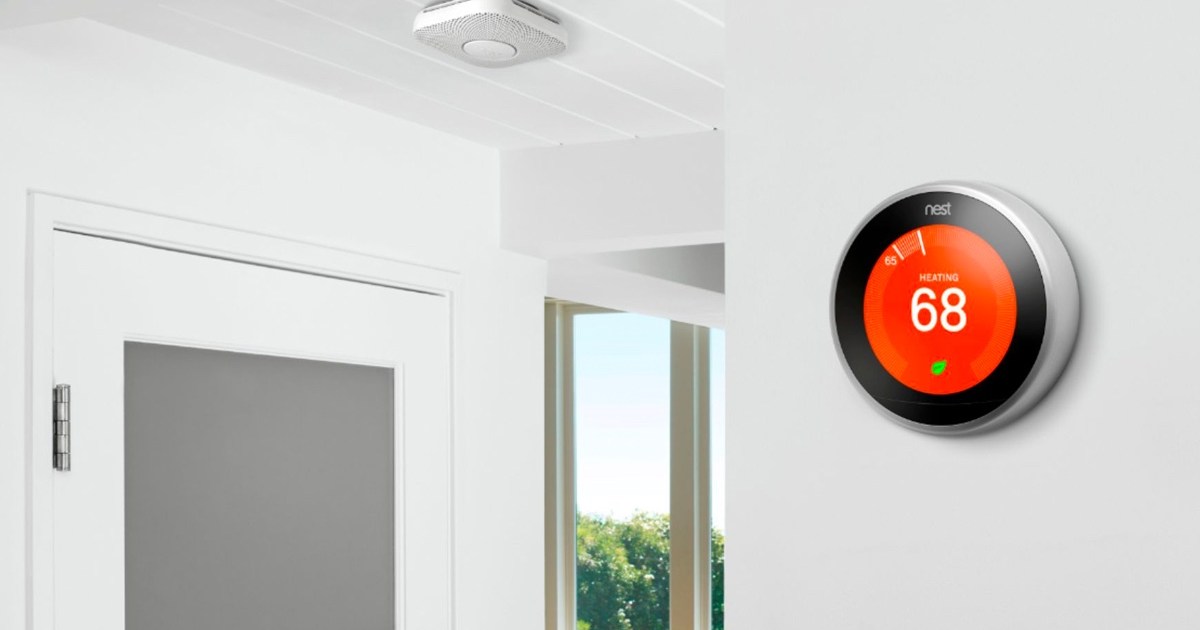While saving money on your energy bill is the big draw of smart thermostats, many products today now let you save even more cash with rebates. The amount you’ll get back varies from energy provider to energy provider – and from product to product – but there’s a good chance you’ll save at least $50 by cashing in on the offer.
Unsure if your smart thermostat qualifies? Here’s how to figure out if your smart thermostat is eligible for a rebate.

Amazon
Check for rebates for your specific smart thermostat
Many smart thermostats advertise rebates directly on their store page. With the Nest Thermostat, for example, there’s a website that lets you put in your zip code to see all available rebates in your area. It’s a similar story for the Amazon Smart Thermostat, which immediately pulls up rebates based on your location. Consider looking at these rebates before making a purchase, as they might help bring expensive smart thermostats into your budget.
Contact your energy provider
If you can’t find any rebates listed on the store page for your product, the next best place to look is the website for your energy provider. Some companies, like Xcel Energy, list all current rebate offers online. You can then peruse these online. Other companies might require you to call them and ask about any current smart thermostat offers.

Wyze / Wyze
Fill out the required paperwork
Make sure you hang on to all receipts associated with your purchase, as they’ll likely be required to verify your rebate. It’s also a good idea to remember the date you bought the product. Once all of the paperwork is done, you’ll have to wait for it to be processed before seeing your rebate.
Check out other money-saving programs
While getting a rebate is the easiest way to save money, most energy providers offer other services that can cut down your monthly bill. Some will ask you to sign up for a service that can automatically adjust your thermostat during peak hours to cut down on usage, while others might give you money back for enrolling in a rewards program. Be sure to check out the full details of these auxiliary programs, however, as they often come with some steep limitations.
Editors’ Recommendations

